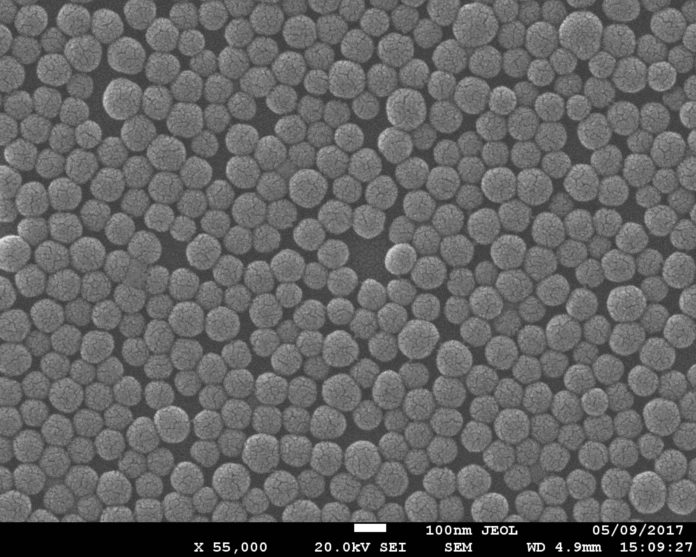Glasses used for camera lenses or reading glasses have a different degree of transparency, and they break differently. The methods to acquire crystals with specific properties have long been known to the industry: a slow process for optical applications, treating for glasses intended to break safely.
These techniques decide the stress inside the glass, which can, in this manner, be effectively minimized or maximized. Be that as it may, how to control the stress stored in a glass to alters it to our need? On the off chance that we could do that, we would have the option to design new kinds of glass for new applications.
That is the question a research group of UniTrento, made up of physicists, tried to answer.
By focusing on colloidal glasses, which are made up of microscopic particles dispersed in a solution at a concentration that allows the formation of a compact solid, scientists determined internal stress in colloidal glasses. This is a significant step forward towards controlling the mechanical properties of glasses.
Scientists conducted multiple experiments at the Petra facility in Hamburg (Desy, Deutsches Elektronen-Synchrotron), Germany, and managed to create colloidal glasses characterized by unidirectional stress.
Giulio Monaco, director of the Department of Physics of the University of Trento and coordinator of the research work, said, “Colloidal glasses are relatively stable. Think about window glass, that can last for centuries. However, locally, the atoms and particles are subject to heavy stresses, whose intensity, distribution, and direction determine the mechanical properties of the material. It would be very useful if we could control those stresses.”
“Measuring the intensity and direction of the stress stored in a glass is a crucial step to control these forces and therefore use them in industrial applications.”
Reference:
- Microscopic pathways for stress relaxation in repulsive colloidal glasses. DOI: 10.1126/sciadv.aaz2982
